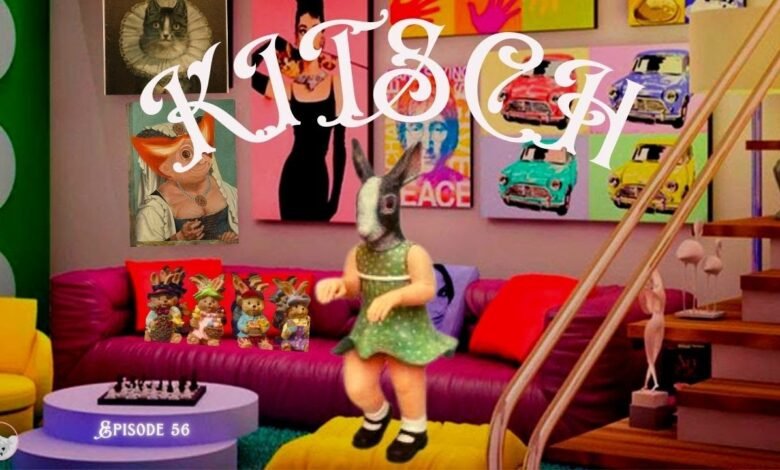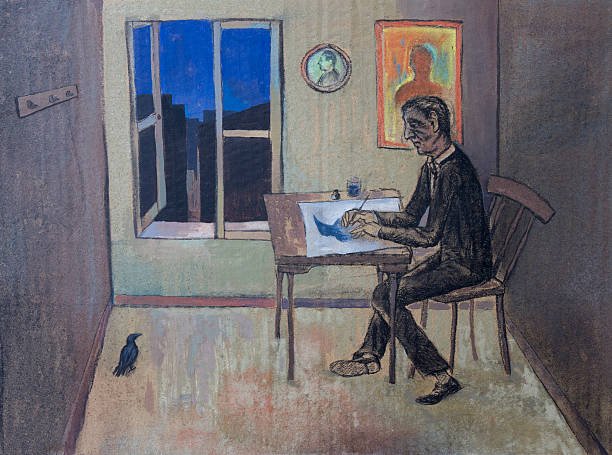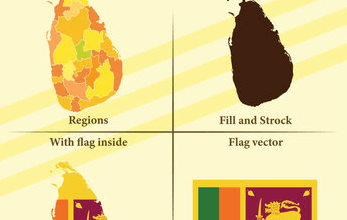Art:6qt8kmm7qi4= Kitsch

Art:6qt8kmm7qi4= Kitsch, often relegated to the realm of the superficial, presents a compelling paradox within the artistic landscape. Originating in the 19th century, its mass-produced aesthetics evoke strong emotional responses, challenging the boundaries of what constitutes ‘true’ art. As we explore the historical context and cultural significance of kitsch, questions arise about its role in reflecting societal values and its potential to democratize artistic expression. What does this mean for our understanding of creativity and merit in art? The answers may shift our perspective on both high art and the everyday objects that permeate our lives.
Defining Kitsch in Art
The concept of Art:6qt8kmm7qi4= Kitsch embodies a complex interplay between taste, cultural value, and emotional resonance.
Kitsch aesthetics often evoke nostalgia and sentimentality, challenging traditional notions of artistic merit.
This phenomenon reflects societal values, where mass-produced art can resonate deeply with audiences.
As a result, kitsch serves as both a mirror and a critique, revealing the multifaceted nature of contemporary cultural expression..
Read more: Art:6pnxytavzww= Psychoanalysis
Historical Context of Kitsch
Kitsch’s historical context reveals a fascinating evolution shaped by cultural shifts and technological advancements.
Its origins trace back to the 19th century, where mass production enabled accessible art forms. Kitsch expressions emerged as a response to elite artistic standards, reflecting societal tastes and democratizing aesthetics.
This interplay between popular culture and craftsmanship illustrates a complex relationship, challenging traditional notions of value and authenticity in art.
Kitsch vs. High Art
Navigating the divide between kitsch and high art unveils a profound commentary on societal values and artistic hierarchies.
Kitsch aesthetics, often rooted in pop culture, challenge conventional notions of taste and value. While high art is frequently lauded for its complexity and depth, kitsch offers accessibility and emotional resonance, prompting a reevaluation of what constitutes artistic merit in an increasingly diverse cultural landscape.

The Cultural Impact of Kitsch
Artistic expressions categorized as kitsch have profoundly influenced contemporary culture, reshaping public perceptions of art and aesthetics.
This phenomenon intertwines kitsch nostalgia with commercial appeal, enabling mass consumption of art that resonates emotionally yet often lacks depth.
As kitsch permeates various media, it challenges traditional hierarchies, inviting a broader audience to engage with art, fostering a sense of freedom and accessibility in artistic appreciation.
Read more: Art:6pxhi7ev_Bg= Liberty
Conclusion
In conclusion, Art:6qt8kmm7qi4= Kitsch emerges as a vibrant tapestry woven from the threads of mass culture and emotional resonance, challenging preconceived notions of artistic value. Its accessibility and nostalgic appeal transform it into a mirror reflecting societal sentiments, revealing the intricate relationship between popular culture and craftsmanship. As kitsch continues to evolve, it invites a deeper engagement with art, urging a reconsideration of what constitutes aesthetic merit in an ever-changing cultural landscape.





